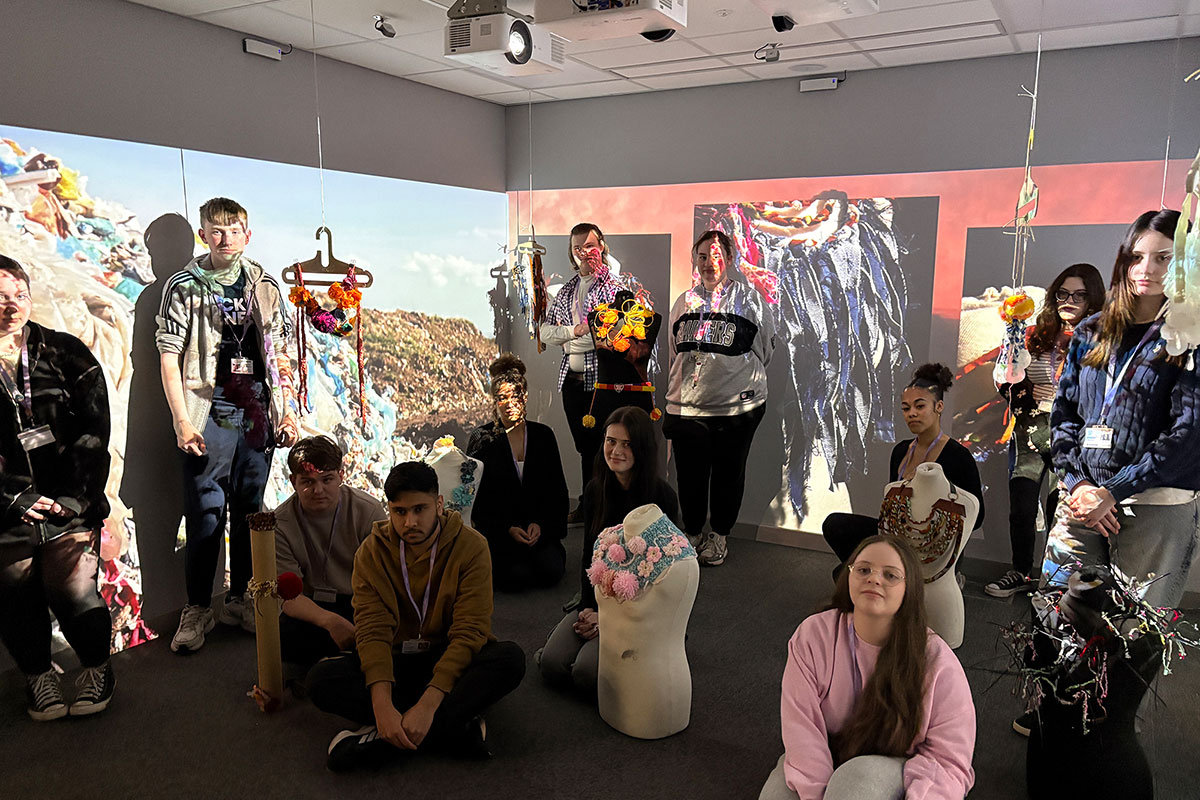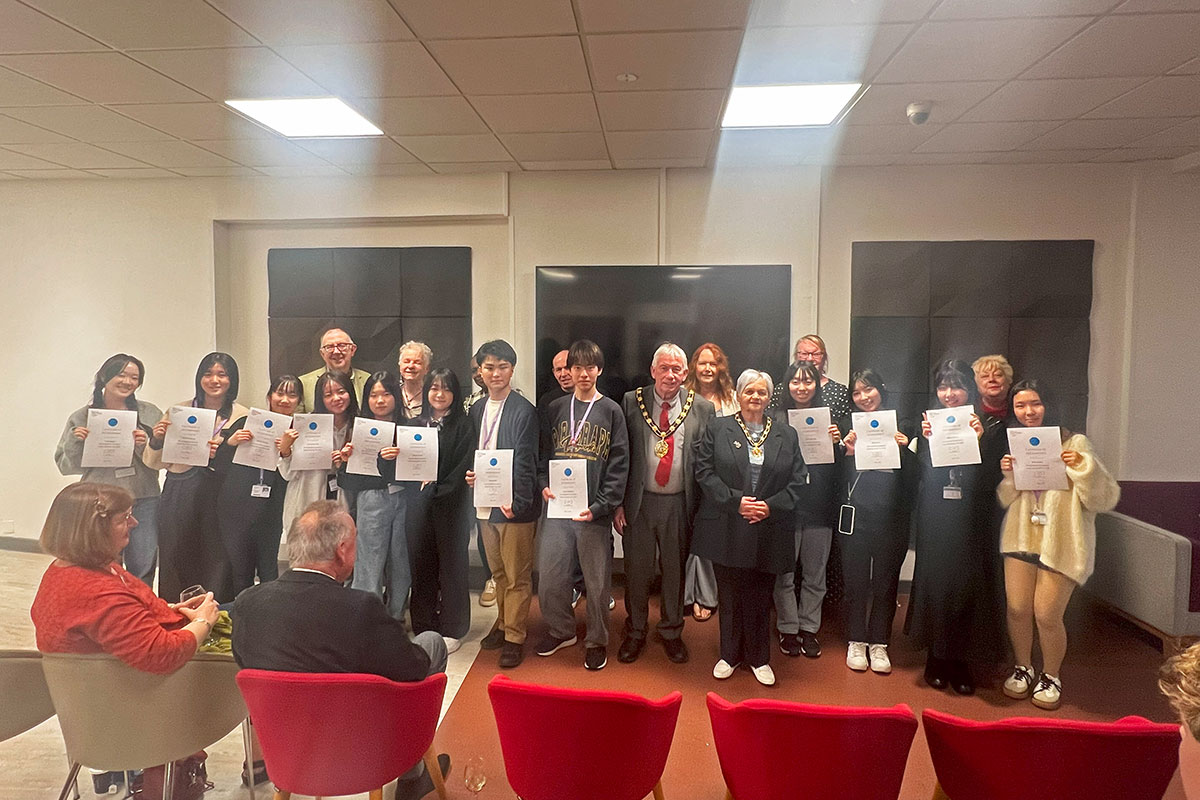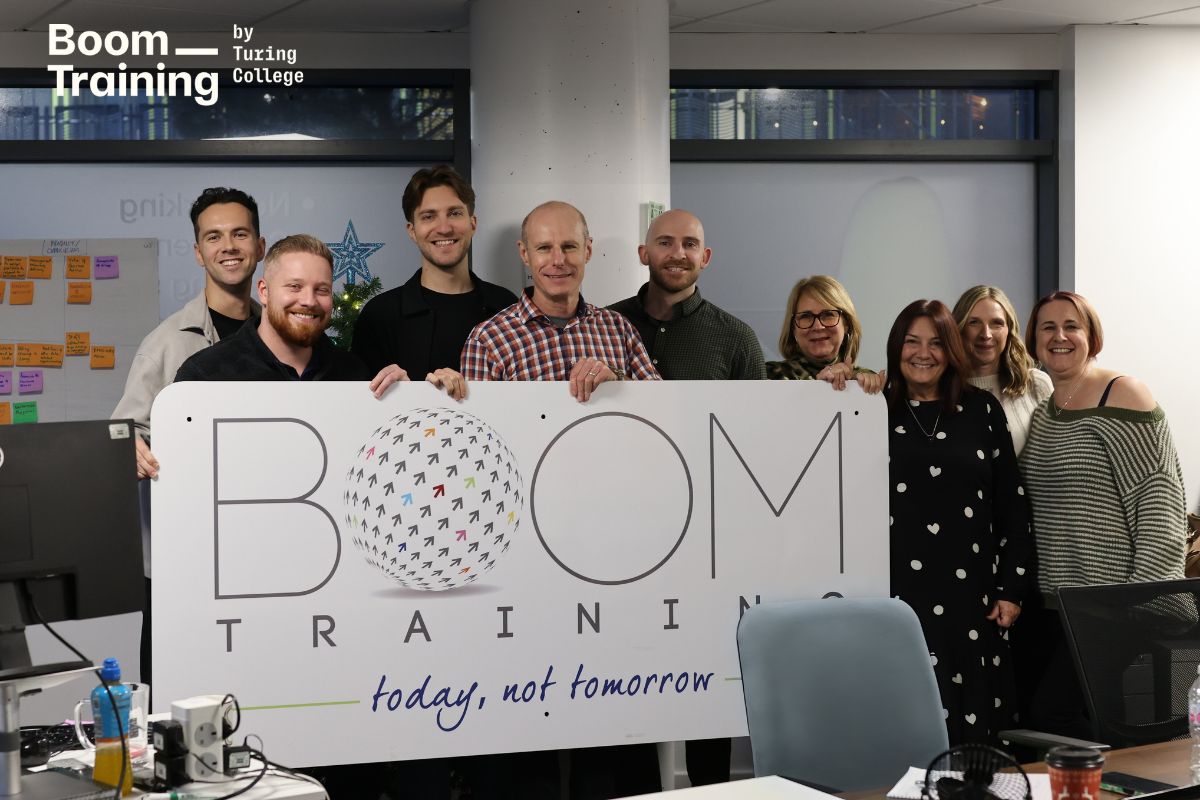This International Women’s Day, focus on skills and learning to bridge the gap

International Women’s Day was created as a rallying cry for everyone to do more in accelerating women’s equality. It has always been critical, but more so at a time when decades of gender equality efforts are being threatened by the Covid-19 pandemic. Women have been more impacted socially, economically, and career-wise compared to men during the pandemic. Over a quarter (26%) of women reported a loss of work compared to 20% of men in September 2021. The impact of this needs to be mitigated now, so that long-term career scarring doesn’t happen for swathes of women and girls.
Widening gaps
Simultaneously, the Covid-19 crisis has accelerated automation and digitalization in the workplace. In the US alone, nearly 1.8 women left the workplace since the start of the pandemic. Subsequently, gender gaps are emerging rapidly in sectors, and for jobs, that require disruptive technical skills. For example, in Cloud Computing, women make up 14% of the workforce; in Engineering, 20%; and in Data and AI, 32%. This will only widen as the full impact of the pandemic and job losses are realised.
But it isn’t all bad news, because if we take action now, we can ensure women and girls have the right skills to thrive in the future. Learning and HR technology plays a pivotal role in achieving this.
Education is everything
First, people’s opportunities are directly linked to the access they have to education. As we rebuild our society, putting gender equality at the centre of recovery and transformation strategies will help us make the new normal better than before. Companies that have greater diversity are 81% more likely to experience greater customer satisfaction and employees are 45% more likely to remain with their employers. They are also twice as likely to say they’ve hit their business goals in the past three years.
Skills are critical
As my colleague Janice Burns, Chief People Officer at Degreed, explains, “I believe skills to be the great equaliser in helping to provide career opportunities from a diversity and inclusion perspective. Skills are objective things you can learn, measure, improve and transfer.”
Recent research from human capital analysts RedThread Research has uncovered the key skills that drive diverse cultures at every employee level. Individuals will benefit from upskilling in authenticity, courage, pattern recognition, and data literacy, managers in curiosity, influence, negotiation, and grit. Leadership skills include mental flexibility, rapport-building, and assertiveness.
Some companies are even building “women-first” leadership programmes designed for all-women or mostly-women cohorts in order to tackle some of the more pressing issues linked to women leaders, providing them with a safe-space and open forum to share their experiences specifically linked to gender bias.
Building learning programmes that target diversity-driving skills at individual levels will ultimately help you create a more inclusive workplace. Taking a more data-driven approach to diversity results in downstream efforts that particularly affect women.
Finding hidden talent
Another aspect is in surfacing ‘hidden’ talent. If someone has the right skills for a project or role, in an ideal world they should be chosen for that role regardless of their gender, background and other potentially biasing factors. Technology, more specifically machine learning that’s well-designed for democratisation, can level the playing field by focusing on individual skills and matching this to career opportunities. Especially since most women won’t go for a career opportunity unless they are 100% qualified. Talent opportunities need to be visible and accessible to everyone, not just those with the right connections.
This also relies on understanding the skills needed. Actionable skills data gives everyone a tangible and unbiased way to build the foundations for an inclusive organization — one skill at a time. This data can be collected from several sources including learning and HR systems, job applications and CVs, peer and manager reviews, and formal processes like performance reviews.
Many opportunities to drive change
There is much we can do to address gender equality in the workplace. Hopefully this piece has given you some food for thought. Even a small step can have a huge impact on the long-term career prospects for women and girls.
Annee Bayeux, Chief Learning Strategist, Degreed











Responses